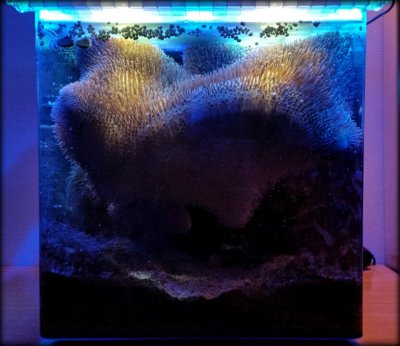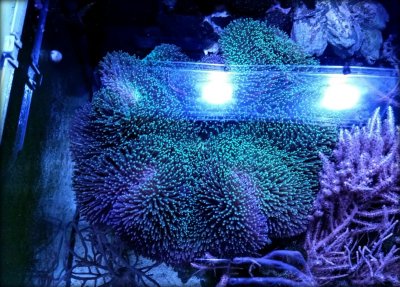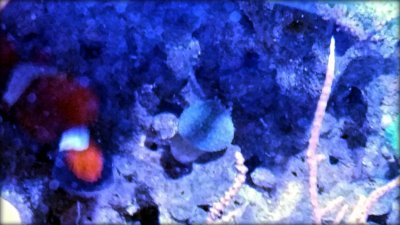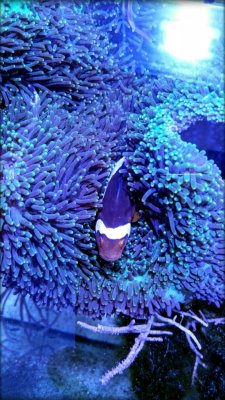crusso1993
7500 Club Member
View BadgesTampa Bay Reef Keepers
West Palm Beach Reefer
Hospitality Award
Ocala Reef Club Member
MAC of SW Florida
Here's @Lasse Movable and easy access from both front and back side.
Are you talking about his stand? LOL! (J/K)





















